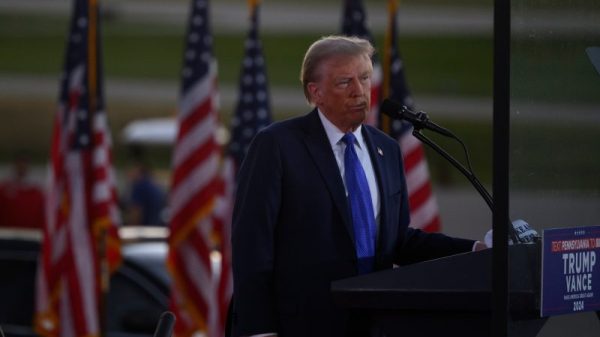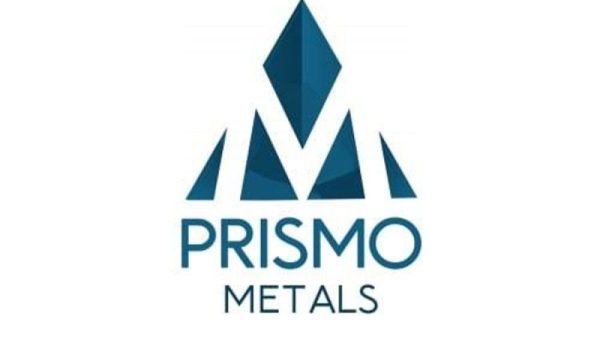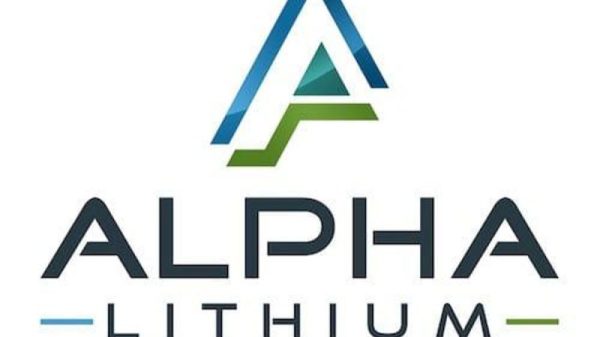India has approved a sweeping overhaul of royalty rates for several critical minerals, continuing its campaign to expand domestic mining and reduce reliance on Chinese imports.
Under the revised framework, graphite with at least 80 percent fixed carbon will be charged a 2 percent royalty based on the average sale price (ASP) determined by the Indian Bureau of Mines, while graphite with lower purity will carry a 4 percent rate.
Caesium and rubidium will each be levied a 2 percent royalty on the ASP of metal contained in the ore, and zirconium will be charged 1 percent.
The government said the changes would encourage more rational bidding in auctions and attract greater private participation in mineral exploration. “The above decision of the Union Cabinet will promote auction of mineral blocks containing caesium, rubidium and zirconium, thereby not only unlocking these minerals but also associated critical minerals found with them, such as lithium, tungsten, REEs, and niobium,” the statement read.
New Delhi has recently pushed to build a self-reliant critical mineral ecosystem amid mounting global supply chain pressures.
China, which produces more than 80 percent of the world’s rare earth elements and controls much of the refining capacity for battery metals, has tightened export restrictions in recent years.
At least nine mineral blocks were offered in the sixth tranche of auctions launched in September, including five graphite blocks, two rubidium blocks, and one each for caesium and zirconium.
These minerals are integral to India’s green industrial transition: graphite is used in electric vehicle (EV) batteries, zirconium in nuclear reactors, caesium in precision timing systems such as GPS, and rubidium in fiber optics and night vision equipment.
The royalty revision also complements broader measures under Prime Minister Narendra Modi’s administration to secure strategic minerals and reduce import dependency.
Earlier this year, India approved a US$1.9 billion plan to source critical materials used in batteries, electronics, and agriculture.
In addition, the government weeks ago was reported to be nearly tripling its production-linked incentive (PLI) program for rare earth magnet manufacturing to over 70 billion rupees (US$788 million), a major step up from the initial US$290 million proposal.
Pending cabinet approval, the expanded plan seeks to develop a full rare earth magnet supply chain for EVs, renewable energy systems, and defense applications.
In parallel, the government is also investing heavily in human capital to sustain this growth. The Ministry of Mines, in coordination with the Skill Council for Mining Sector (SCMS), has launched an initiative to train 5.7 million workers in mining-related occupations by 2030.
The skills gap study for 2025–2030 will map future workforce requirements and identify pathways to develop a “future-ready” labor pool capable of supporting new mineral projects.
“The report will come up with a detailed action plan for the sector on ways to impart skills training to millions of workers to cater to the increasing demand from the sector in the near future,” a senior government official told The Economic Times.
India currently imports about 60 percent of its graphite needs and remains a minor producer of most other critical minerals. The Modi administration aims to more than double mining’s share of GDP to 5 percent by 2030 from 2.2 percent today.
Securities Disclosure: I, Giann Liguid, hold no direct investment interest in any company mentioned in this article.

































